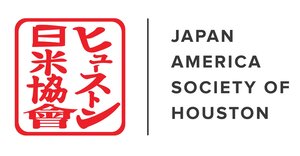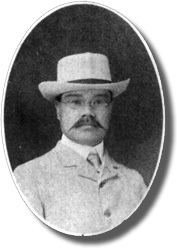Circa 1904, rice farmer Seito Saibara, wearing straw hat, standing beside his 600-foot deep water well on his farm in Webster. UTSA Special Collection-Institute of Texas Culture.
Join members of the Fairview Cemetary Group, Inc. and the Galveston County Historical Commission for the unveiling of the new historical marker.
Seito SAIBARA was one of the first Japanese immigrants to Texas. Saibara, a highly respected Tokyo lawyer, President of Kyoto’s Doshisha University, and member of the Japanese parliament, was invited to Texas to bring rice farmers to the state following a devastating freeze that destroyed Texas’ existing rice crops.
Saibara arrived in 1903, with a group of 30 colonists. He purchased 304 acres of land in Webster, just outside of Houston, and established a pioneering rice farming colony. His first crop—grown from seed gifted by the Emperor of Japan and harvested in 1904—was distributed across Texas and Louisiana, helping to launch the Gulf Coast rice industry and paving the way for future generations.
Saibara passed in 1939 and was buried in League City’s Fairview Cemetery, followed by several family members. Other settlers would go on to purchase a large block of lots across from the Saibara graves.
On Memorial Day, the Galveston County Historical Commission and the State of Texas will be commemorating Saibara’s achievements and those of the first Japanese settlers in our region through the placement of a new historical marker at Fairview Cemetery, where Saibara and nearly 50 of the first Japanese settlers are laid to rest.
This tribute honors the first Japanese settlers to our region and their lasting impact on agriculture, community, and U.S.-Japan friendship.


